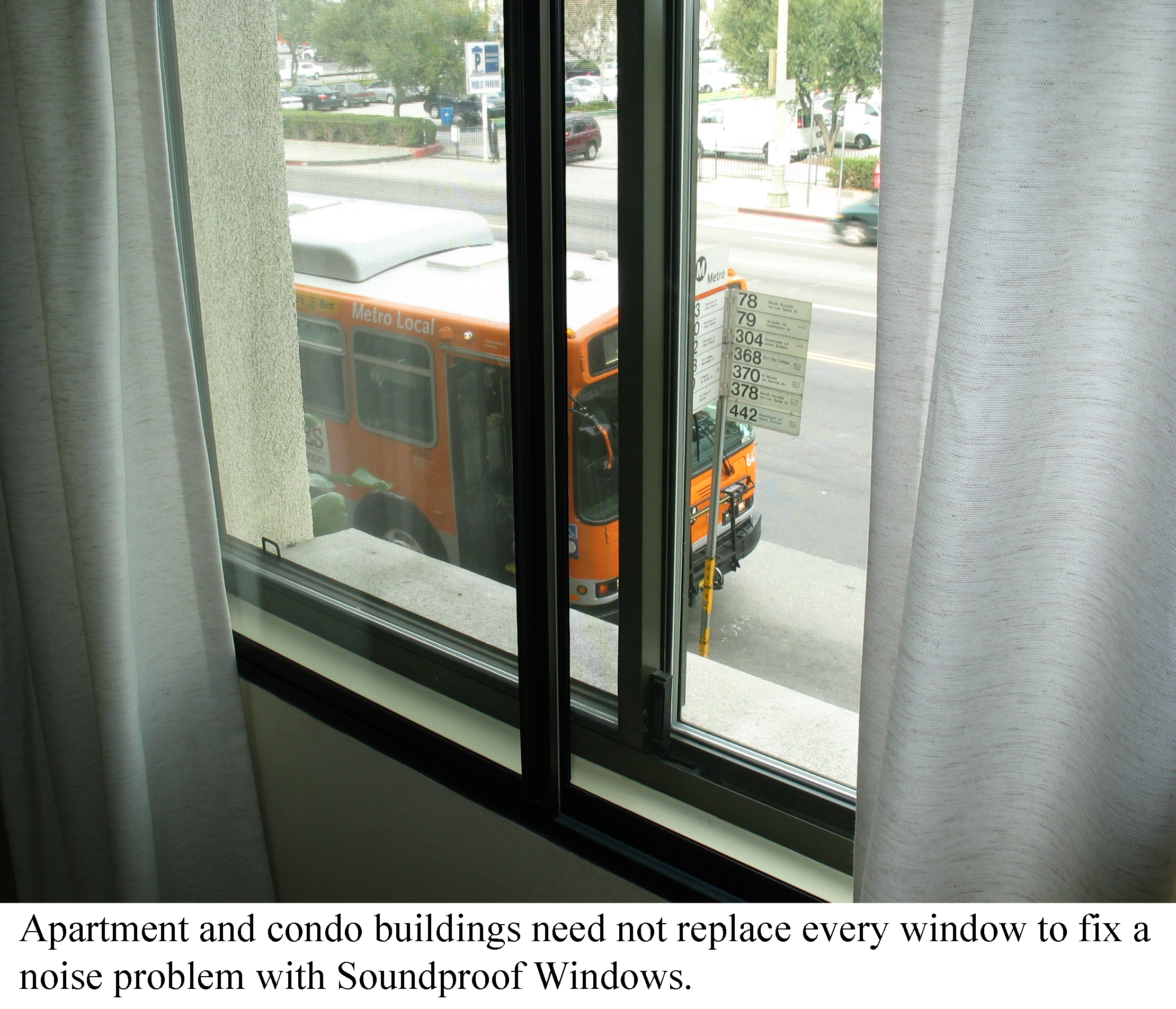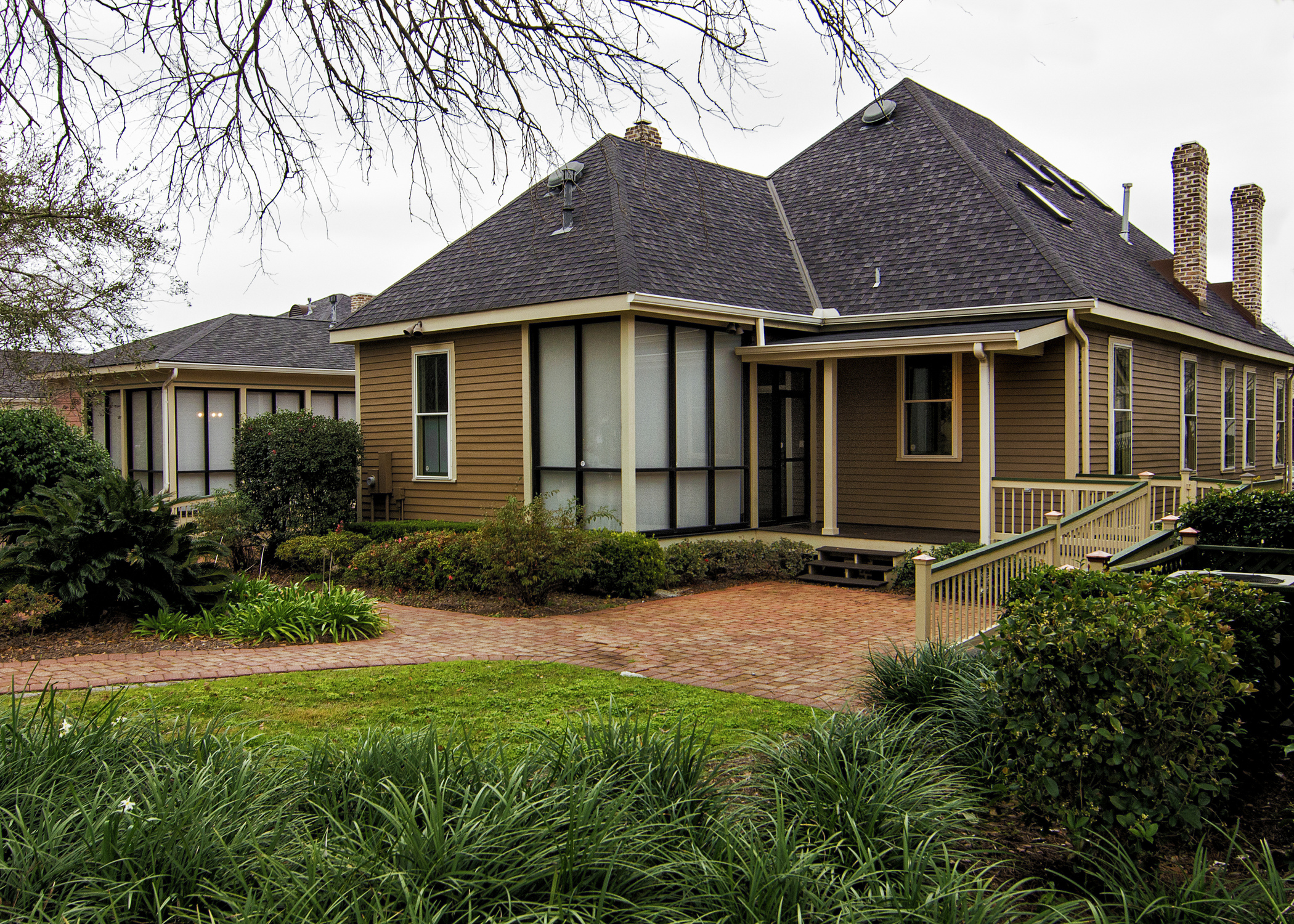Case Studies: Beating street noise with acoustic windows
Engineers of new soundproof windows use recording studio expertise to reduce sound pollution.
Homeowners that live on busy streets in otherwise peaceful neighborhoods face a unique challenge. No matter how many cosmetic improvements or architectural upgrades they make inside or out, the exterior noise pollution never goes away. Even the thought of replacing every window on the property is fraught with concerns because there is no guarantee that expensive renovations will be effective.
 |
A main artery in a suburb invites speeding cars, as well as belching trucks and buses. A nearby railroad cross is another noise culprit, as are off-road nuisances such as boisterous children and the neighbor that loves to throw raucous parties.
To be sure, homeowners, designers, remodelers and real estate professionals have been disappointed with some noise solutions. They assume dual-pane windows will do the trick, then discover numerous studies that reveal thicker glass only deters heat and cold. That’s bad news when considering experts say that about 90 percent of annoying exterior pollution seeps through windows, not walls.
Aesthetics is another issue for homeowners who want to maintain the “historic” dignity of their residence. Will swapping windows help or hurt the look of a beloved residence?
Advances in window design are now changing the landscape of noise remediation in urban and suburban homes. The discovery that delivers the sound of silence is a special type of acoustic engineering that goes well beyond what is needed to merely control fluctuating temperatures.
The innovation is also winning favor because it provides two cost-saving benefits: Replacing existing windows is not required and homeowners and their architects or designers do not need to upgrade every window on the property. For example, some homes may only require changes to windows that actually face a busy road, where noise is most annoying.
Lawrence Posner, a real estate developer who lives in the Northeast yet invests in properties in the South, has had to contend with noise so hideous that it literally hurt. Slow-moving trains in Mobile, Alabama threatened his property values and tenant satisfaction. He knew he had to do something.
“The trains created a situation of necessity. The train horns were painful; the sort of pollution you couldn’t ignore. You could not talk on the cellphone outside if a train was going by and it was that way all night long,” he says, referring to a grid in the Fort Conde Village area. “There are also problems with cars and trucks and regular city noise. Noise is everywhere.”
For some properties, Posner had experimented with layers of interior Plexiglas storm windows, insulated windows, and the double-hung windows that are typical for historic buildings. They didn’t resolve his problem.
 |
That’s when the veteran real estate investor began Googling window innovation keywords. Eventually he discovered Soundproof Windows, Inc. That’s where he learned that the expansive 10-foot-tall panes on three, quaint cottages he owns were gateways to excessive noise.
He also realized that he would not need to replace or alter every window on his various lodgings. Instead, the Reno, Nevada-based firm adds a second, inner soundproof window to buffer each existing window. The method controls temperature as well as noise.
Plus, the unique interior panels look just like the original windows no matter how old or new, or if they are adjustable or permanently closed. As a result, homeowners can maintain the architectural integrity of a beautiful home because the exterior appearance does not change.
“The beauty is they can be selectively installed in the most obnoxious, noisy areas, near busy streets, highways and railroad crossings,” says Posner. “They’ve really cut down the sound. They’re very effective. Everyone sleeps well.”
Suburbanites migrate to noisy inner city
Although the soundproof techniques that are so effective in cities will do equally well in suburban settings, Posner believes the acoustic products are perfect for a housing trend he is witinessing: More people are selling their outlying homes and moving into core neighborhoods in mid-sized cites where noise is pervasive. The developer is planning a new 100-unit apartment building to address the population shift. “
In Mobile for many years there weren’t many people living downtown. Hopefully, in the near future, there will be a whole lot more people. There will be concerns about noise, as there are in other southern cities where populations are migrating. People who are well-to-do are not going to put up with noise pollution. It’s uneccessary with window innovations and changes to city codes,” he says, referring to an imperfect but helpful “quiet zone” implemented by the city of Mobile.
Although some homeowners, designers and architects have found that the Soundproof Windows products are often less expensive than competitors, it is the testing process and specificity of the noise remediation plans that most impress. For example, the company shares the type of materials used and their methods for sealing windows. They even explain the placement of screws to tamp down sound seepage.
The window company, founded in 1998, also goes beyond merely measuring decibels. If necessary, their engineers will install test windows so that before-and-after noise-levels can be compared. In some cases, exterior noise drops 95 percent, according to managers of large properties that abut highways.
Industry reports say that attention to detail and acoustic expertise are the keys to successful noise remediation. The engineers who consulted with Posner and other property owners have developed strategies for sound recording studios, one of the most noise sensitive environments in the world. Those same professionals offer tips for house flippers or designers who wish to compare window product efficiency.
First, look for a rating called Sound Transmission Class (STC.) The higher the number, the more noise is stopped. A typical rating for standard windows is 26 to 28. Yet the acoustic soundproof product used by Posner earns a 48 to 52 rating.
Second, buyer beware. Some manufacturers provide an STC rating only for the glass they use, not an installed unit. This can be deceptive because successful noise remediation is based on factors such as the air gap between the product and the existing window, the design of the frame and the installation.
As Posner ponders his new 100-unit project, and whether noise remediation will be necessary, he is mindful of the impact Soundproof Windows had on his cottages.
“With respect to car and truck noise nearby, it’s like somebody turned off the sound. You still hear trains, but well below the pain threshold,” Posner says.
For more information contact Soundproof Windows, Inc., at 4673 Aircenter Circle, Reno, NV 89502 or call 1-877-438-7843, email sales@soundproofwindows.com or visit www.soundproofwindows.com.















